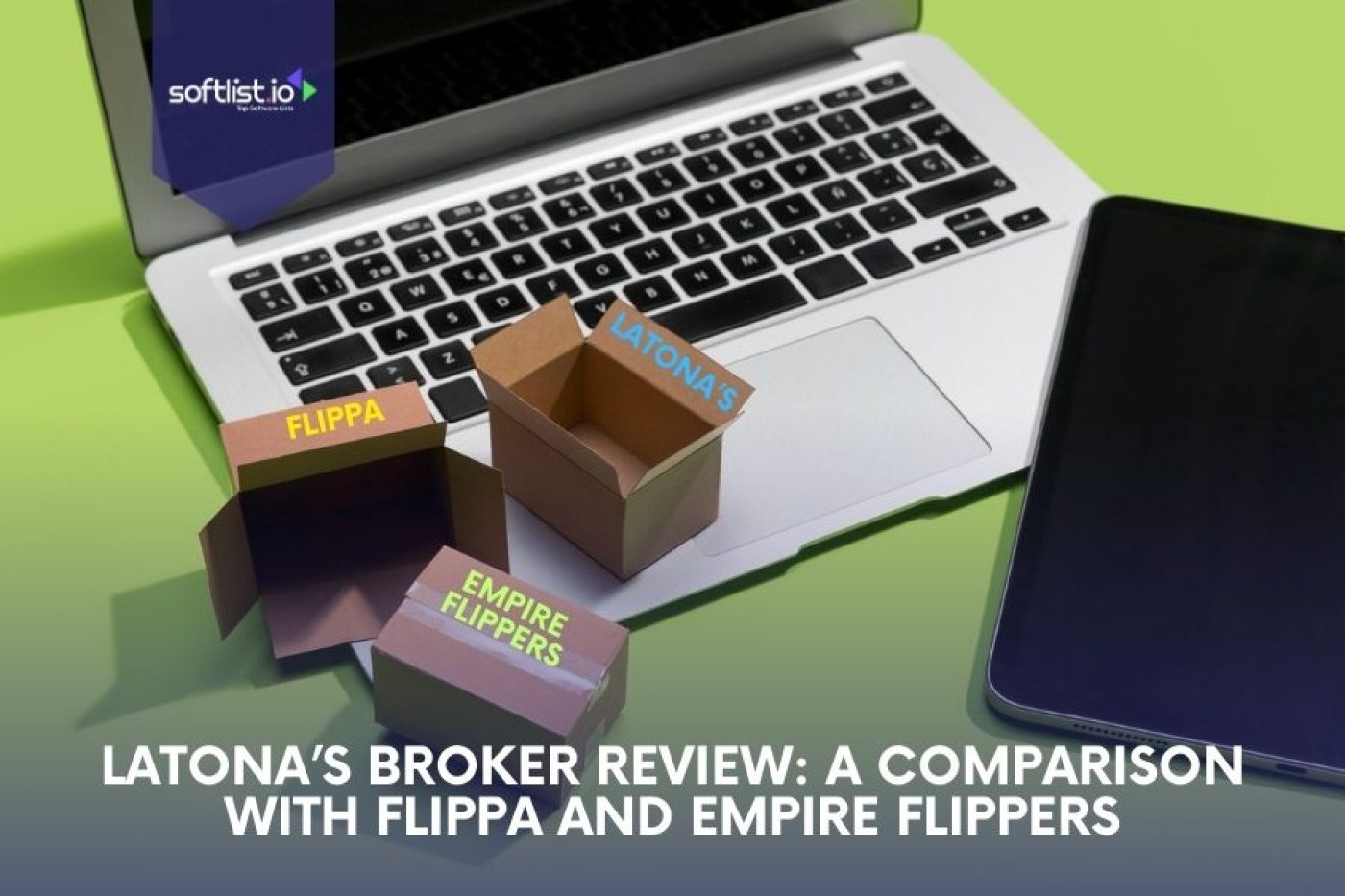Ultra Wideband (UWB) technology, in combination with real-time location systems (RTLS), is revolutionizing the future of precise indoor tracking.
Offering unmatched accuracy, UWB RTLS has become the preferred solution across industries such as manufacturing and healthcare, where knowing the exact location of assets and staff can significantly enhance efficiency and safety.
Compared to traditional tracking methods like RFID or Bluetooth, UWB-based tracking systems deliver centimeter-level precision with minimal interference, making them ideal for complex environments.
What Is UWB Technology?
Indoor tracking is critical in healthcare, manufacturing, and retail industries. The better you can pinpoint the location of assets in these fields, the easier it becomes to optimize workflows, increase operational efficiency, and boost staff productivity.
UWB RTLS gives users a new standard of accuracy for indoor positioning. When integrated into enterprise infrastructure, UWB can determine location up to 30 cm, making it the best choice for monitoring and tracking objects.
UWB is a wireless communication technology that works over short distances and consumes little power. It uses ultra-wideband signals to track assets with zero signal interference.

Source: Freepik.com
Comparison With Other Indoor Tracking Technologies
Let’s compare UWB with other asset-tracking technologies to understand better:
UWB
- Accuracy: Centimeter level (typically 10-30 cm).
- Range: Up to 150 meters.
- Key Features:
- Highest accuracy among wireless technologies.
- Works in non-line-of-sight.
- Low power consumption.
- Multipath resistant.
- Limitations:
- Higher initial investment.
- Requires dedicated infrastructure.
Wi-Fi
- Accuracy: 3-5 meters.
- Range: Up to 50 meters (indoor).
- Key Features:
- Uses existing Wi-Fi infrastructure.
- Wide coverage area.
- Cost-effective for basic indoor tracking needs.
- Limitations:
- Lower accuracy compared to UWB.
- Interference from other Wi-Fi networks.
- Performance degrades in crowded Wi-Fi environments.
Bluetooth Low Energy (BLE)
- Accuracy: 1-3 meters.
- Range: Up to 70 meters (line of sight).
- Key Features:
- Low power consumption.
- Inexpensive beacons.
- Easy deployment.
- Limitations:
- Limited range.
- Accuracy can be affected by obstacles.
- Signal strength can fluctuate.
RFID
- Accuracy: Proximity-based (a few cm to several meters, depending on the type).
- Range: Passive tags: up to 10 meters; Active tags: up to 100 meters.
- Key Features:
- Low-cost tags.
- No battery is required for passive tags.
- Well-established technology.
- Limitations:
- Limited positioning capabilities (mainly presence detection).
- Readers need to be nearby for passive tags.
- Active tags require a battery.
Compared to these technologies, UWB RTLS stands out for its accuracy, reliability in complex environments, and scalability.
Although it has a higher initial cost, its performance makes it the choice for applications that require precise indoor tracking, especially in industrial and healthcare, where centimeter-level accuracy can make a big difference in operations and safety.
Advantages of UWB RTLS for Precise Indoor Tracking
UWB-based real-time location systems have many unique advantages that make them a hot market solution. Its accuracy, scalability, and energy efficiency set new standards for radio frequency technologies, making it the choice for indoor positioning systems.
1. Accuracy and Reliability
Unlike other positioning and indoor tracking technologies, UWB is the most accurate and reliable across all industries. The antennas (on ceilings) are usually placed above and have great visibility of objects indoors. Ultra-wideband has no human error, and the RTLS manages all the critical processes within a company, so the positioning system is 99.9% reliable.
2. Scalability
UWB-based systems are scalable and can support any project of any size. So companies can:
- Track multiple objects at one location.
- Cover numerous rooms or large areas within one UWB RTLS system.
- Add more assets to track as the business grows.
The system can track thousands of tags, and scaling up is easy as new tags can be added and customized as needed.
3. Real-Time Data and Analytics
UWB asset indoor tracking systems provide real-time data that gives companies a complete view of their operations. This data includes:
- Number of visitors to a space.
- Equipment downtime.
- Visitor behavior analysis.
- Heatmaps.
- Store or facility foot traffic.
- Employee attendance, lateness, and absences.
All this data is delivered in real-time so companies can optimize their workflows for better productivity and profitability.

Source: Freepik.com
4. Energy Efficiency
UWB has low power consumption. Devices using UWB can go into ultra-low power mode to extend sensor battery life and save the company money.
Because UWB uses short pulses, it requires minimal power to operate. Unlike systems that support continuous indoor tracking connectivity, UWB devices only exchange data periodically and conserve battery life.
By using UWB RTLS, you can get better tracking accuracy, safety, productivity, and overall operational efficiency.
Use Cases of UWB RTLS
When UWB RTLS is integrated into company infrastructure, many use cases can be applied – from positioning and asset management to personnel safety and productivity.
1. Precise Positioning
The biggest advantage of this technology is its accuracy in indoor locations. Using tags and markers, the RTLS system sends real-time information about the assets so you can easily find people or equipment in large spaces like warehouses, factories, and plants.
With precise location, you can optimize operational efficiency, use of equipment or transportation, and inventory management.
2. Asset Management
UWB asset indoor tracking manages the enterprise’s assets. The goals when implementing such a system are to maximize asset utilization, optimize their role in the process, and prevent misuse. The benefits of UWB in asset management are:
- Real-time visibility of objects.
- Geofencing with the ability to define zones according to production stages.
- Asset status monitoring, including usage and condition.
- Fast location of assets within the facility.
- Prevention of asset theft or loss.
3. Forklift Tracking
With UWB technology companies have full visibility of their forklift fleet in real-time. Management knows exactly where each piece of equipment is and can monitor movement maintenance and prevent downtime.
UWB-based systems also generate heatmaps of the facility layout so you can optimize equipment operation and eliminate bottlenecks.
4. Safety and Productivity
You can use the system to increase worker safety and asset protection. Here are the benefits:
- Prevent forklift-to-machinery collisions.
- Minimize personnel accidents.
- Compliance with safety regulations.
- Reduction of workplace incidents, including heavy object falls.
Future Trends in UWB-based Real-Time Location System

Source: Freepik.com
As Ultra-Wideband (UWB) technology advances, several exciting trends emerge that will improve its capabilities and expand its use for RTLS. Here are some of the most notable ones:
1. AI and Machine Learning
Artificial Intelligence (AI) and Machine Learning (ML) will transform UWB RTLS:
- Predictive Analytics: AI algorithms will analyze historical movement data to automatically predict asset location and optimize workflows. For example, in a warehouse, the system can proactively predict where items will be needed and guide forklifts.
- Anomaly Detection: ML models will detect unusual patterns in asset movement or usage and alert managers to potential issues before they become problems. This can be useful in detecting theft or misuse of equipment.
2. Miniaturization and Energy Efficiency
Chip design and manufacturing advancements will drive UWB miniaturization:
- Smaller Tags: Smaller chips will mean more petite tags that can be attached to more assets, including smaller tools and devices.
- Longer Battery Life: More power-efficient designs will extend the UWB tag battery life for years at a single charge.
3. Sensor Fusion
UWB RTLS will fuse with other sensors:
- Environmental Sensors: Tags can include temperature, humidity, or vibration sensors, so tags provide location data, asset conditions, and ecological information.
- Biometric Integration: In healthcare, UWB tags can integrate with wearable health monitors, so patients’ location and vital signs are tracked.
Conclusion
UWB combines unprecedented accuracy, lightning-fast location determination, and low interference levels. Its implementation transforms any real-time asset-tracking system into a highly efficient tool, enabling enterprises to optimize workflows.
Frequently Asked Questions
What’s the Difference Between UWB RTLS and GPS for Indoor Tracking?
Unlike GPS, which relies on satellite signals that are often blocked or weakened indoors, UWB RTLS uses a network of anchors within the building to provide high accuracy. This allows UWB RTLS to achieve centimeter-level accuracy indoors where GPS fails or provides only rough estimates.
Can UWB RTLS Work Through Walls and Obstacles?
Yes, UWB signals can penetrate various materials, including walls, so tracking can be done even in complex indoor environments with multiple rooms or levels. This non-line-of-sight capability is a significant advantage over some other indoor tracking technologies.
How many Tags can a UWB RTLS System Support?
UWB RTLS systems are highly scalable and can support thousands of tags. The exact number depends on the system implementation and the update rate, but enterprise-grade systems can track several thousand assets in real-time without performance degradation.
Is UWB RTLS Susceptible to Interference from Other Wireless Systems?
UWB RTLS is immune to interference due to its ultra-wide bandwidth and short pulse duration. This makes it less prone to interference from other wireless technologies like Wi-Fi, Bluetooth, or cellular networks, so it will perform well even in environments with high wireless activity.
Which Industries Benefit Most from UWB RTLS?
Manufacturing, logistics, healthcare, mining, and retail benefit the most from UWB RTLS as they need precise tracking, asset management, and safety enhancements.
Is UWB RTLS Expensive to Implement?
While the initial setup cost of UWB is higher than that of other tracking technologies, the long-term benefits of efficiency, accuracy, and safety will give you a great return on investment (ROI) over time.






